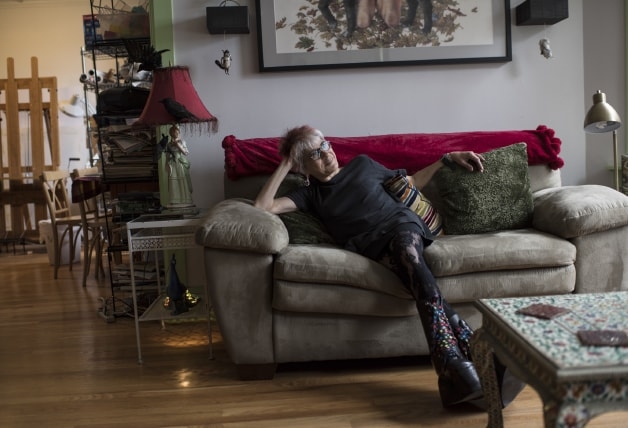
“My work has been the thing that I think has saved my life. I think that it really is the center of how I’ve constructed meaning. I feel incredibly lucky to have a life that feels like it’s full of meaning.”
Riva Lehrer is a painter and educator who was born with Spina Bifida, a congenital disorder causing part of the spinal cord to be exposed through an unfused section of the backbone. She began painting portraits of people with disabilities at the same time she integrated into a queer community: “Being part of a queer community and making work about queerness was the beginning of understanding, building an identity around stigma that wasn’t about pain.” While Riva got criticism from instructors and gallerists who weren’t ready to see images of impairment. Painting portraits of people with disabilities became a way for her to actually see bodies like her own and to encourage others to care for them in new ways: “Detail of a certain kind tells the viewer that this person is worth spending time with, is worthy of your respect and attention, and I had never seen a disabled person depicted anything like that…I thought, Could I do that? Could I depict these people with that kind of intense love and slow attention?”
Riva works to bring this slow attention to every model whose portrait she paints because,“so much of what I do is about ethics. There are these layers of, there’s this person in my apartment, I’m taking care of them both at the most practical, immediate level, but also thinking about how am I taking care of them as a person who’s being vulnerable in my space—who’s giving me the gift of bringing down their walls for a certain amount of time.”







